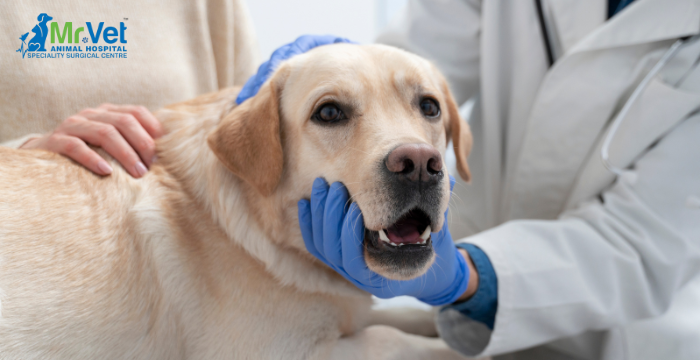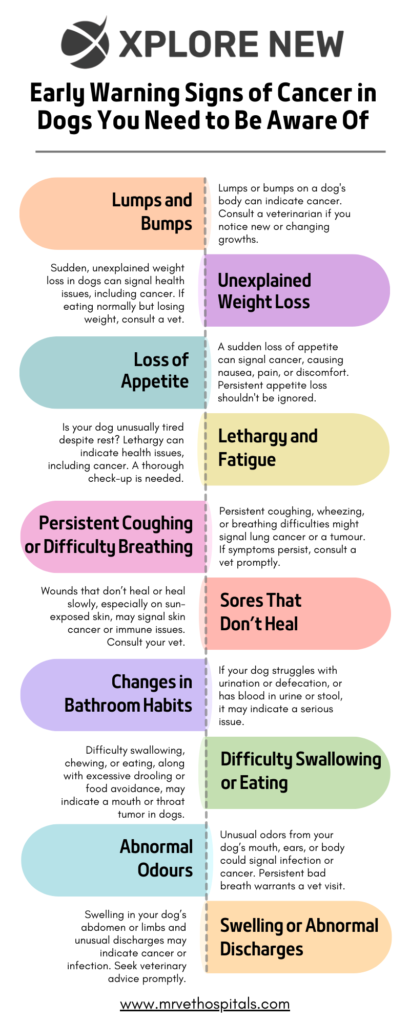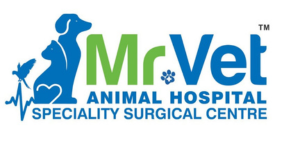
Cancer in dogs is a growing concern for pet owners, as it’s one of the leading causes of death in older dogs. However, with early detection, many cancers can be treated or managed, giving your dog a better chance at a longer, healthier life. Knowing the early warning signs of cancer in dogs is essential for taking action in time. This blog will guide you through the key symptoms to watch for and what steps to take if you notice them.
Early Warning Signs of Cancer in Dogs
1. Lumps and Bumps
One of the most common signs of cancer in dogs is the presence of lumps or bumps on their body. Not all lumps are cancerous, but if you notice a new growth or an existing one that’s changing in size or shape, it’s essential to get it checked by a veterinarian. Cancerous tumours tend to grow quickly and may feel irregular to the touch.
2. Unexplained Weight Loss
Sudden and unexplained weight loss in your dog could be a red flag. While weight loss can be linked to other health issues, such as digestive problems or dental pain, cancer can also be a culprit. If your dog is eating normally but still losing weight, it’s time for a vet visit.
3. Loss of Appetite
A sudden drop in appetite or refusing to eat altogether is another warning sign of cancer. Certain types of cancer can cause nausea, pain, or discomfort, leading to a lack of interest in food. Persistent appetite loss that lasts for more than a day or two should not be ignored.
4. Lethargy and Fatigue
Is your dog acting more tired than usual, even with regular rest? Lethargy and fatigue are often signs of an underlying health issue, and cancer is one possibility. If your dog seems unwilling to play, go for walks, or engage in regular activities, it may be time for a thorough check-up.
5. Persistent Coughing or Difficulty Breathing
Persistent coughing, wheezing, or difficulty breathing may indicate lung cancer or a tumour pressing on the lungs. These symptoms can sometimes be mistaken for other respiratory conditions like bronchitis or allergies, but if they persist, a vet should evaluate them immediately.
6. Sores That Don’t Heal
Wounds or sores that take too long to heal or don’t heal at all could be a sign of skin cancer. If you notice persistent sores, especially in areas exposed to the sun, consult your vet. Open wounds that are slow to heal can also indicate a weakened immune system due to an internal issue, including cancer.
7. Changes in Bathroom Habits
If your dog starts having trouble urinating or defecating, or you notice blood in their urine or stool, this could signal a problem. Bladder and gastrointestinal cancers can cause such changes. Monitoring your dog’s bathroom habits can provide crucial early clues to their health.
8. Difficulty Swallowing or Eating
A tumour in the mouth, throat, or neck can cause difficulty swallowing, chewing, or eating. If your dog is showing discomfort while eating, drooling excessively, or avoiding food altogether, it’s worth investigating. Oral tumours are often discovered when they interfere with a dog’s normal feeding.
9. Abnormal Odours
Strong, unusual odours from your dog’s mouth, ears, or any part of the body may indicate an infection or cancer. Bad breath is often linked to dental issues, but it can also be a sign of oral cancer. If an odour doesn’t improve with dental cleaning or ear treatment, it’s best to see a vet for further testing.
10. Swelling or Abnormal Discharges
Swelling in any area of your dog’s body, particularly the abdomen or limbs, can be a sign of cancer. Unusual discharges from the nose, eyes, or any other part of the body can also indicate tumors or infection. If you notice any abnormal discharge or swelling, don’t delay in seeking veterinary advice.
What to Do If You Think Your Dog May Have Cancer
If your dog is showing any of these early signs of cancer, the most important step is to consult a veterinarian right away. Early diagnosis through blood tests, imaging, or biopsy can help determine whether your dog has cancer and what type it is. Treatment options vary depending on the type of cancer but may include surgery, chemotherapy, radiation, or medication.
Conclusion
Cancer in dogs can be scary, but catching it early can make all the difference. By paying close attention to your dog’s behaviour and body, you can spot the early warning signs and act quickly. Regular check-ups with your vet are crucial for keeping your dog healthy and ensuring any abnormalities are detected in time. Stay informed, stay vigilant, and keep your furry friend in the best shape possible.
By understanding these early warning signs of cancer in dogs, you can take action to protect your pet’s health. MrVet Hospitals is here to help you through every step, from diagnosis to treatment, ensuring your dog gets the care they need.

